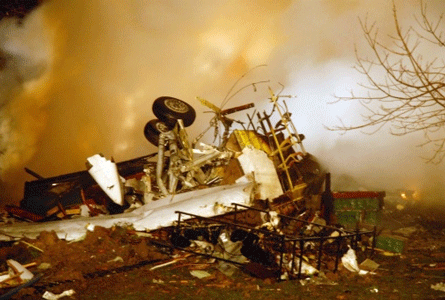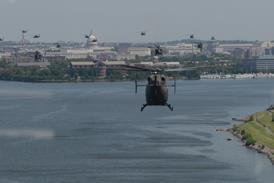Graham Warwick/WASHINGTON DC
NASA and the US Federal Aviation Administration have begun to define the airspace system that needs to be in place in the USA by the middle of this century.
The "aviation system after next" is expected to be influenced heavily by the demands that e-commerce will place on air transport.
"The e-commerce economy is driving demand for air travel and faster delivery [of goods]," Charles Huettner, NASA's senior policy adviser for aviation told an Air Traffic Control Association symposium in Washington DC.
"Speed is the key to e-commerce and aviation is the key to speed." The modernisation of the US national airspace system will not be completed until 2015, but a joint FAA/NASA team has begun work with the aviation industry to develop a consensus on requirements for the next system. "Research could take 10-15 years and implementation 10-20 years," says Hugh McLaurin, acting deputy director of the FAA's office of aviation research.
The future US air transport system will involve more than the commercial airlines, says Huettner. "Making the hub-and-spoke system more efficient does not do enough," he says. "We have got to look at an integrated system." A range of future air transport systems will be involved, Huettner says, including personal jets.
McLaurin says the FAA and NASA have "initiated planning to define the attributes of the next aviation system". Research is also under way into air traffic management (ATM) concepts.
The near-term focus for modernisation is deployment of Free Flight Phase 1, which consists of decision support tools for air traffic controllers. Definition of Free Flight Phase 2, due for deployment between 2003 and 2005, focuses on airborne systems. NASA is looking beyond 2005, with research planned into the integration of ground-based and airborne systems to create a distributed air/ground ATM environment.
Source: Flight International























